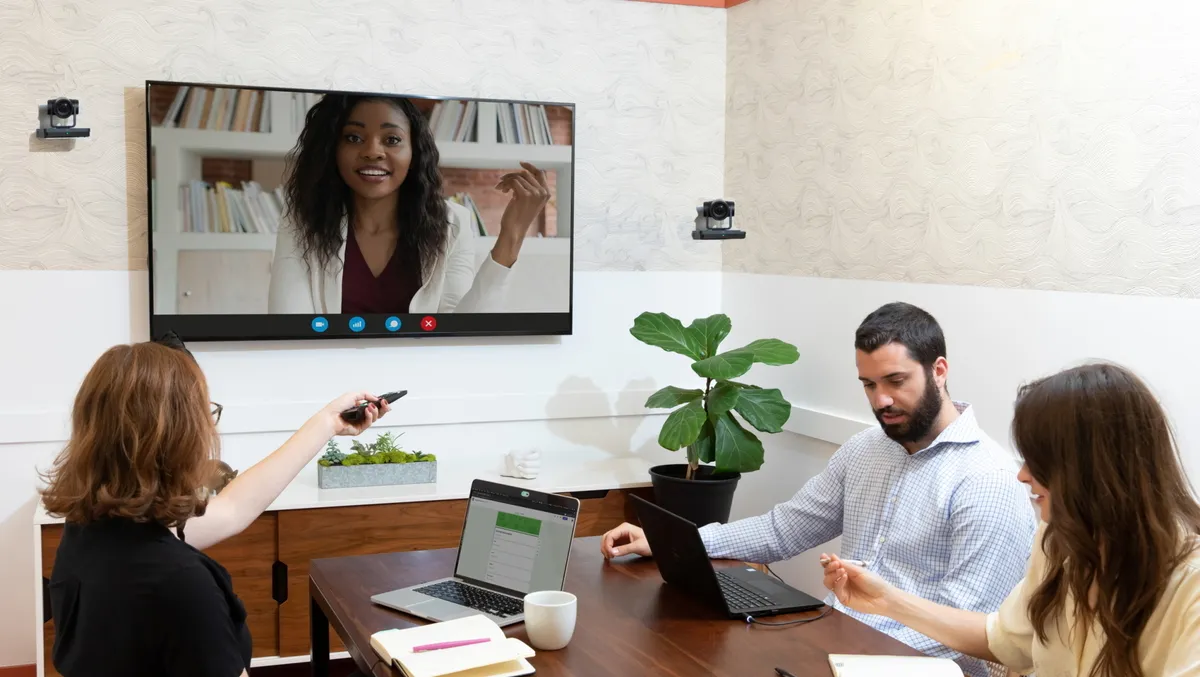
35% growth in multi-camera conferencing demand amid remote work
Boom Collaboration, a hardware manufacturer, has reported a 35% growth in demand for multi-camera conferencing this year, marking a new chapter in the transformation of remote meeting deployments.
This surge is most notable in live events and conference calls, changing standard meetings into more interactive encounters for customers. Boom Collaboration, which is Texas-based, is rapidly expanding in response to this emerging trend.
Founders Fredrik Hrnkvist and Holli Hulett identify the influence of new technology on this growth, explaining that the lines between traditional video calls and more complex audiovisual production broadcasting are fading. A variety of sectors, including House of Worship, courtrooms, and healthcare training, have already seen a significant uptick in this mode of communication. Industry trade shows are also reaping the benefits of this shift, attracting remote attendees through panel discussions and live presentations that use multidirectional camera angles.
Hrnkvist shared, "There's no doubt we are seeing major growth in live events and remote communication on an international scale across a growing number of sectors. Many of today's popular software-based meeting apps have the option to share multiple cameras and it's clear this type of technology adds a new edge to traditional meetings, presentations and live shows."
The value of this technological evolution spans a wide scope of applications. For instance, in the healthcare training industry, multi-camera technology allows students to observe heart surgeries from different perspectives, without the impracticability of crowding into an operating theatre. The promise is clear; learning can occur from any corner of the world, providing a real-life experience without actual presence.
Hulett emphasises that quality is key for a successful remote experience, explaining, "High quality PoE cameras, expandable audio, and easy-to-use camera controllers/mixing desks are some of the main ingredients. Don't overlook the importance of audio compared to video. If people can't be heard clearly, then the show is over."
For optimum efficiency, she offers strategic advice, "To overcome some of the fundamental room challenges we always suggest putting the main camera at eye level on the same wall as the display so that it's natural and easy to engage directly with people. We believe that a 360-degree camera is actually counterintuitive to the way we communicate; meaning it doesn't promote natural eye contact and reading of body language cues."
Welcome to the new era, where multi-directional cameras equate to more fluid and engaging experiences, and a focus on the broad usage of video calls has directly resulted in a demand for high-quality cameras that thrive under multiple meeting conditions. Hulette concludes, "It's about creating a space beyond the traditional video conference room, facing cameras in multiple directions. We expect these trends to continue to expand and diversify as a new era in video conferencing unfolds."


